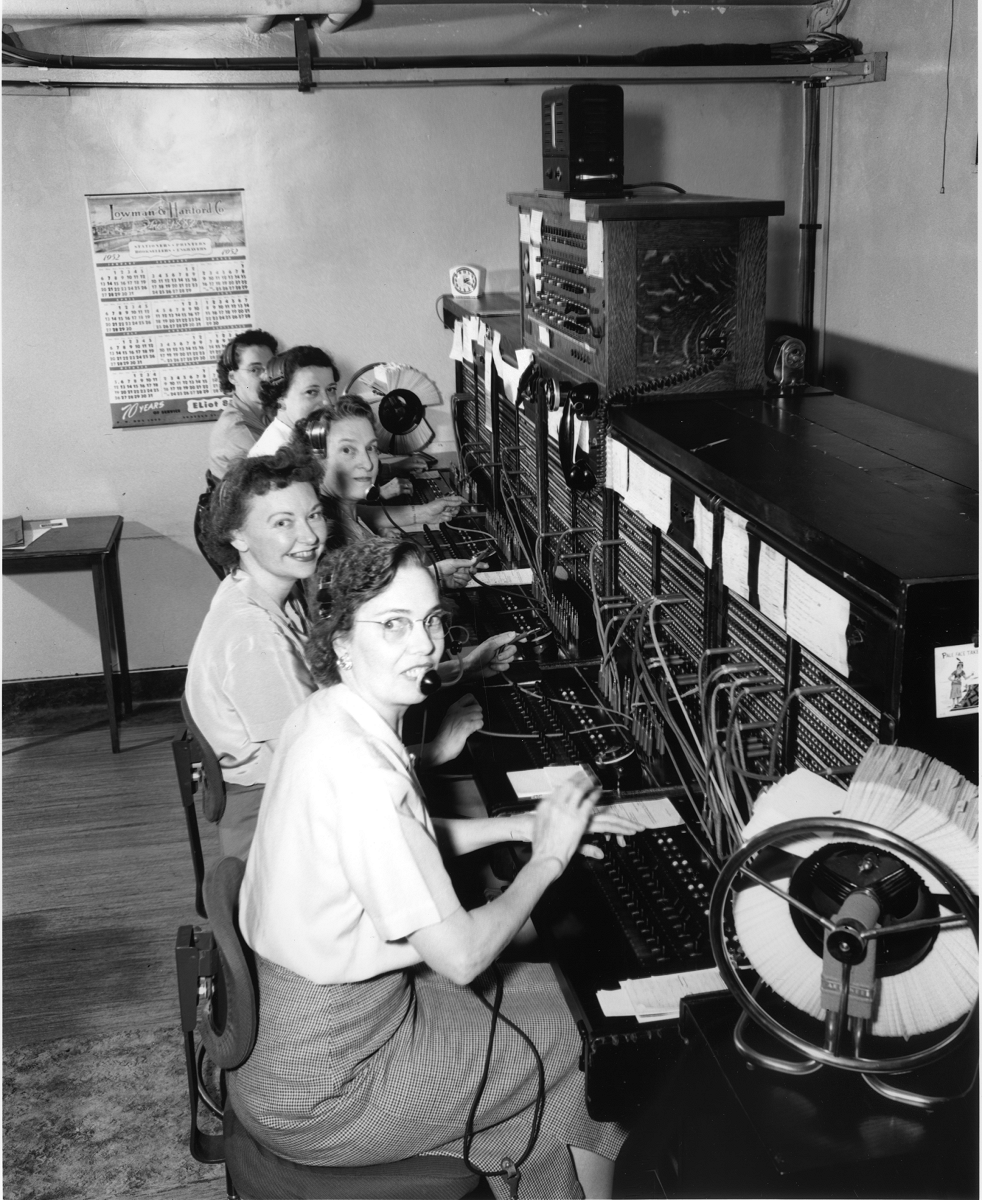When you pick up the phone, there’s an expectation of the call going through. Voice over IP (VoIP) has been with us since the mid to late 1990s and the expectation remains the same. In the early days you could hear the choppy latency. Yet now, carrier class scale and new functional features are just as important as call clarity and reduced latency. Switching to VoIP saves on service and infrastructure costs and has moved from Hobbyist to a mainstream alternative to the old switching gear and POTS line.
An innovator and leader in software-based VoIP solutions for service providers is Broadsoft. Their product portfolio is called Broadworks and used to deliver unified communications for voice and multimedia services over Ethernet, fiber, mobile or cable. The Broadworks solution offers voice messaging and conferencing, and personal calling functions such as call forwarding, simultaneous ring, and dial-by-name.
The components include an Application Server database that maintains user and group profiles, as well as service and subscription data, a centralized SIP Network Server responsible for location services, dial plan/digit translation and routing policies, a Media Server enabling announcements, record, playback. digit detection, mixing and repeating functions over scripting languages like VoiceXML and CCXML, as well as media control protocols such as NetAnn and MSCML and a Access Mediation Server supporting Skinny Call Control Protocol (SCCP) and SIP device across the enterprise.
To manage and control their system infrastructure is the Broadworks Element Management System (EMS). It performs fault processing, performance metrics and configuration of BroadWorks Application Servers, Network Servers and Media Servers. The Broadworks EMS is a single pane of glass for the system management functions and a network wide view for health and performance.
The Operations, Administration, Maintenance, and provisioning (OAM&P) interfaces utilize SNMPv3, XML and CLI and runs on a NEBS-complaint, x86-64 hardware with the Linux operating system. Fault alarm collection is done via SNMP to diagnose system and network problems and looks for potential performance degradations. Alarming indicates server issues, protocol problems, system failovers and supports alarm suppression, auto-clearing and correlation. Solaris and Linux syslogs are converted into EMS events and are used to do further troubleshooting for malfunctioning end points in the network.
From an EMS GUI perspective, operators can view all event and alarms conditions and dynamically customize performance thresholding to tune the system for better health status accuracy. Performance monitoring looks at server metrics like CPU utilization, memory, swap spaces and database counters. In addition, operators can generate exportable XML system performance reports and perform routine system polices such as software imaging and backups. All configuration changes, adds and deletes are logged into a audit trail.
Administrators can push server upgrades via the Broadworks EMS without bringing down the system. The CLI interface provides commands in quick, easy-to-understand syntax for system administration. For Northbound integration, Broadworks EMS supports SNMP, HTTPS and SOAP and also integrates with RADIUS or LDAP to authenticate for security and for real-time call data for third-party accounting applications. The Broadworks application can be extended to third party developers and integrators via REST APIs.
The total system is architected for automatic geographic redundancy to achieve the highest levels of reliability and performance. Server and device agents generate alarms in the event of a failure.
It addresses potential points of failure at several points; the Broadworks EMS, the BroadWorks servers and the service provider’s IP network. All layers are deployed in primary/secondary redundant pairs or clusters. In the event that the primary server fails, or is inaccessible, it is routed the secondary server. This is not a trivial exercise and requires specialized engineering at the EMS, OS, database and hardware levels to achieve 99.999% uptimes.
As the Broadworks system is deployed in several Tier 1 carriers in their IMS system, Broadsoft is geared up for Voice over LTE (VoLTE) and supports 3GPP Release 9 specifications and IR.92 compliance, thus expanding capabilities, increasing operational efficiency and reducing operating costs for service providers.
